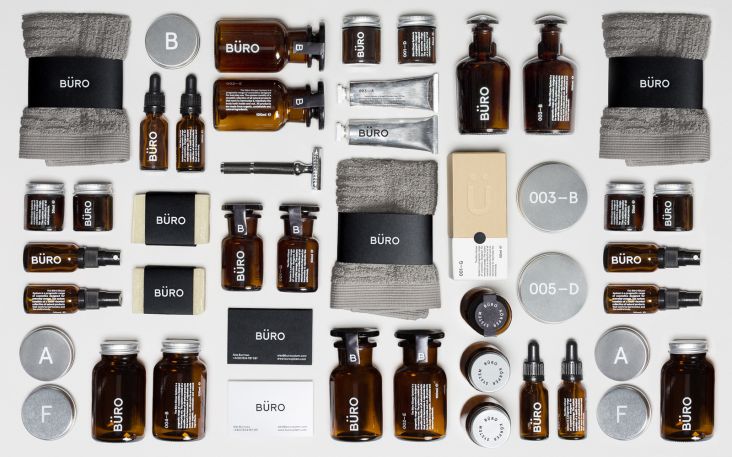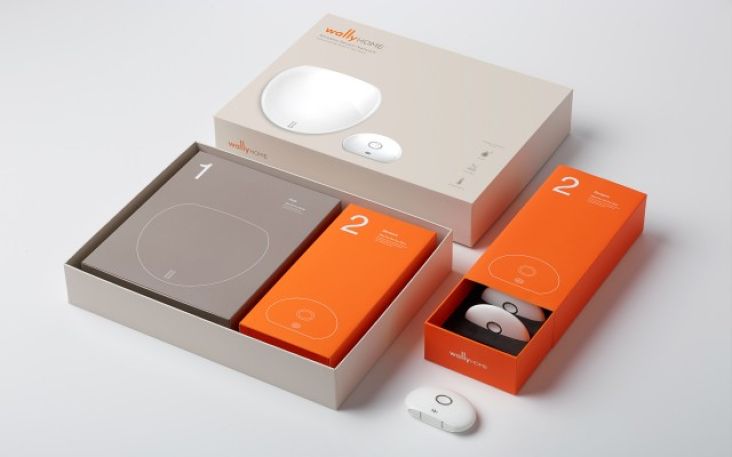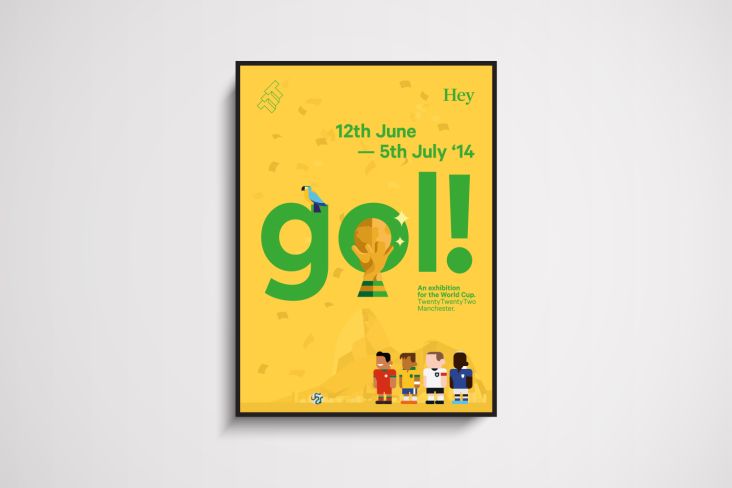How to manage and deliver a successful creative project
Why do so many projects fail? Some of the main causes can be things like poorly defined project objectives, no strong leadership or a lack of communication throughout. Other reasons might be unrealistic project estimates or just a naive understanding of what’s required.

Image licensed via Adobe Stock
As a freelancer or project manager, how can you ensure every project is a success and deliver work that makes the client happy? Here are our top tips on how to manage a successful creative project…
Create a plan
The planning phase is often overlooked, as there’s a tendency to jump straight in and begin the work. This is a huge mistake. Time spent properly planning a project will keep things on track, stick to the set budget and result in the very best work for the client.
This is where a ‘project plan’ becomes very helpful. It’s essentially a document that outlines everything you intend to do. This should be something you determine during an initial meeting with your client, and then get approved once a final draft is typed up. Be aware that this document could change as the project progresses.
A basic plan should include the following:
- Project overview: This will most likely change during the project but essentially, it will include: business need or problem; project objectives, i.e. how will you solve the business problem; benefits of completing the project and key milestones throughout.
- Project scope: This features the deliverables that will be included or excluded from the project, basically to determine exactly what you’ll be doing.
- Defined roles and responsibilities: This is where you define who is doing exactly what. From your point of view, unless you’re a sole freelancer, a project manager should be appointed to manage everything throughout and ensure the work is on track. Your client should also provide one main point of contact, i.e. the person your project manager will be able to communicate with.
- Project schedule: This sets out project milestones and when you anticipate each stage of the project to be complete.
- Budget: This is where you agree the budget. It’s important to determine how much is being spent, as projects risk spiralling out of control if no defined budget is set.
- Signature page: For added reassurance, it’s wise to get your client to sign the ‘project plan’ to formally agree the process. This will avoid any misunderstandings further down the line.
Use project management tools
Now that you’ve determined the ‘project plan’, it’s time to manage your own work schedule, along with your team or collaborators. We highly recommend Teamwork PM for managing projects. You can create task lists, which can be dated, assigned to different people and ticked off as you go along. Other online tools include Basecamp and Trello. They're all great platforms and offer their own range of benefits, including the ability to invite clients to share the online service.
Keep talking
Once work has begun, communication is crucial. Keep talking during the project and be prepared to listen and respond to ongoing feedback. Pick up the phone the minute you sense something might be wrong and resolve any issues.
Don't just have one initial meeting, deliver the work and then wonder why the client might not be happy. Actually communicate throughout the entire project and ensure everything is going to plan.
Monitor and review
To keep on track, keep referring back to your original ‘project plan’ to determine whether everything is progressing in terms of schedule and budget. Remember that things will always change, so keep updating your plan and signing it off with the client.
It's important to note that the budget might also change if the client asks for extra features. Just ensure you have adequate resource to meet any additional requirements.
Keep track of time
Time-tracking will help you to stick to budget, and also determine how much time you'll need for the next big project that lands on your desk. FreeAgent is the perfect online tool. Essentially, it's accounting software but one of its best features is being able to log your time and then create automated reports for your client. Teamwork PM also has its own time-tracking system. Harvest is another.
Things to be wary of
A project can run into trouble at any moment and risk affecting the quality of the work. Keep an eye out for any warning signs, such as extra deliverables being thrown in that might push the project over-budget or aspects that the client might not be happy with.
Always be open to feedback and ensure you are proactively tackling any issues that arise. Don’t be afraid to have those difficult conversations you’d rather avoid, as dealing with issues head-on will always lead to a positive outcome.
Resolve issues very quickly
Should anything go wrong during the project, it’s important to resolve them as soon as possible. For example, a client might not be happy with some aspect of the work. In which case, arrange a face-to-face meeting and be prepared to talk through any issues. Don’t take it personally if they don’t like the work so far, just determine exactly what they don’t like to move towards a preferred solution.
Deliver and provide a little extra support
Once the project is complete, stick around to offer any support to ensure the client is happy. There might be a few niggles to iron out, or extra tasks that are suddenly required. As long as the additional work is within reason, you should deliver these final things to successfully complete the project.
Evaluate the project
Now that the work is done and everyone is happy, carry out a review and evaluate what you could potentially do better next time. This can either be used internally to improve your own processes, or if necessary can be shared with the client if you feel they would benefit from the analysis.
Follow things up with a friendly email
It’s been a few weeks since you delivered the project to your client. Now it’s time to follow things up with a friendly email or phone call. Ask them how things are going and whether you can help with anything else. Because it’s very likely you’ll enjoy some repeat business – if the project was a success.




 by Tüpokompanii](https://www.creativeboom.com/upload/articles/58/58684538770fb5b428dc1882f7a732f153500153_732.jpg)

 using <a href="https://www.ohnotype.co/fonts/obviously" target="_blank">Obviously</a> by Oh No Type Co., Art Director, Brand & Creative—Spotify](https://www.creativeboom.com/upload/articles/6e/6ed31eddc26fa563f213fc76d6993dab9231ffe4_732.jpg)


](https://www.creativeboom.com/upload/articles/21/212b36fa1d576a9ea1aeb322ef0cffd6a5009e61_732.png)














